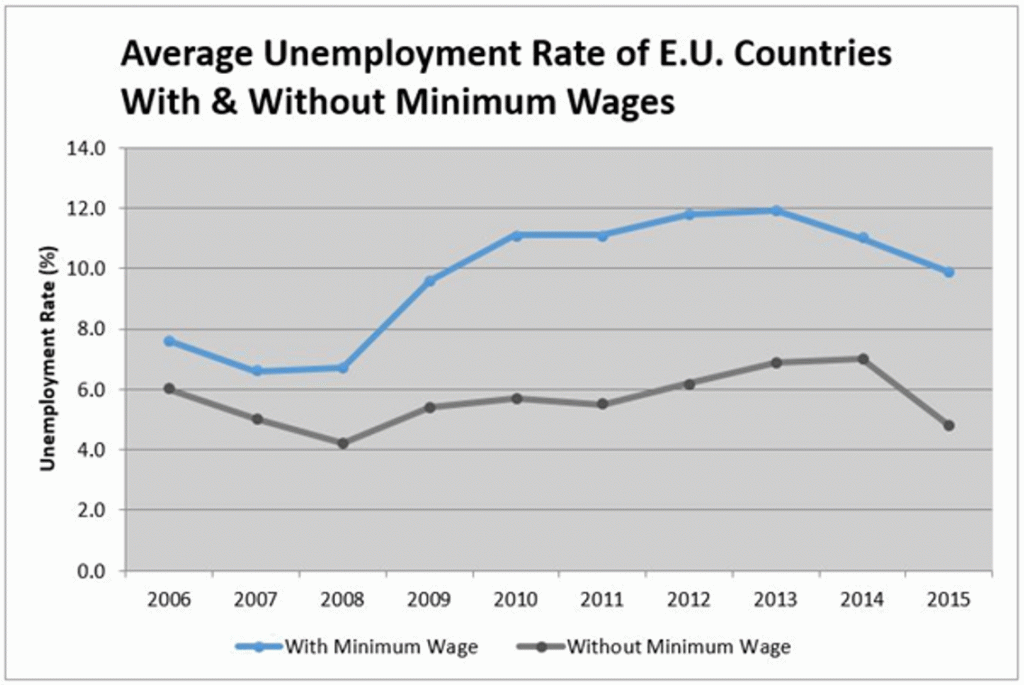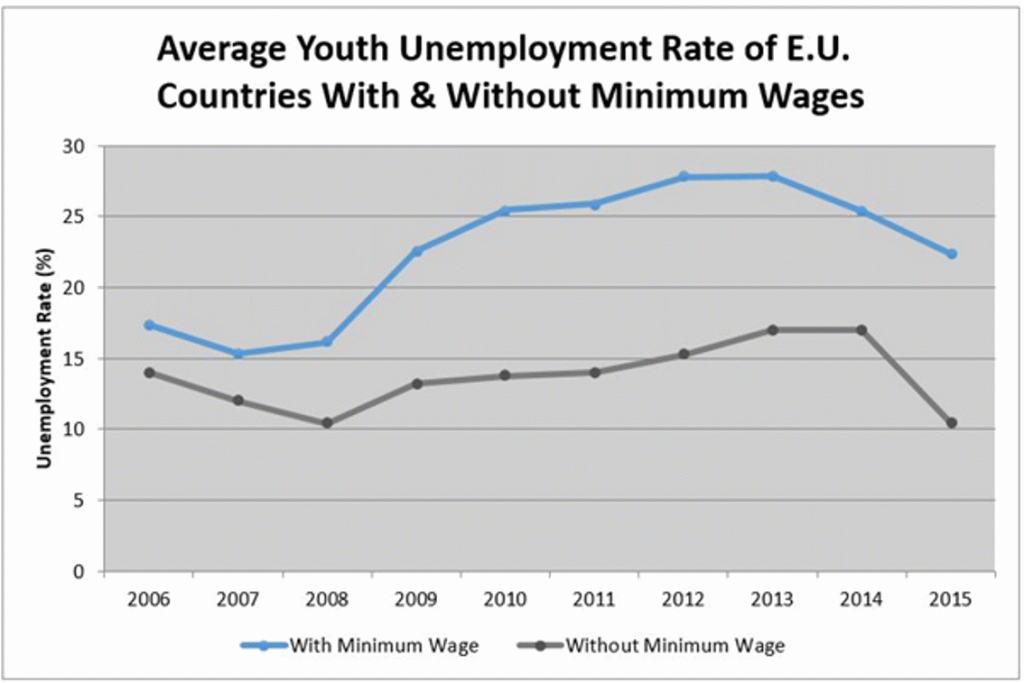Minimum Wage Laws Hurt the People They Are Designed to Help
Minimum wage increases are one of the “flavours du jour” in the US. Even while it is widely understood that minimum wage laws do not make sense. California’s Governor, Jerry Brown, said, while introducing a minimum wage of $15/hour, “minimum wages may not make sense”.
However minimum wage laws are widespread in most of the developed world. Here in Australia the federally mandated minimum wage is around AUD17/hour, plus more for work on weekends and public holidays. This inflates prices and reduces consumption. Some restaurants don’t open on Sunday, for example, because of staff costs.
Here’s a quote from Nobelist (Economics, 1976) Milton Friedman:
“A minimum-wage law is, in reality, a law that makes it illegal for an employer to hire a person with limited skills.”
Here’s another great quote from Milton:
“If you put the federal government in charge of the Sahara Desert, in 5 years there’d be a shortage of sand.”
Isn’t that the truth…
So minimum wage laws hurt the very people they are supposedly trying to help. The charts below confirm this in spades. The charts are courtesy of Steve Hanke of John Hopkins University, Baltimore, Maryland, US.
Higher wages, and therefore higher costs, will see employers respond by reducing costs. Here’s an example: in the US McDonalds is automating the purchase of coffee – no staff required. This trend will grow.
Another issue is that when people at the bottom are paid more, those above them also want more. Thus wages will increase across the board, leading to even more cost saving (firings) by employers.
Minimum wage laws are yet more bureaucratic meddling that have a predictable negative outcome.


